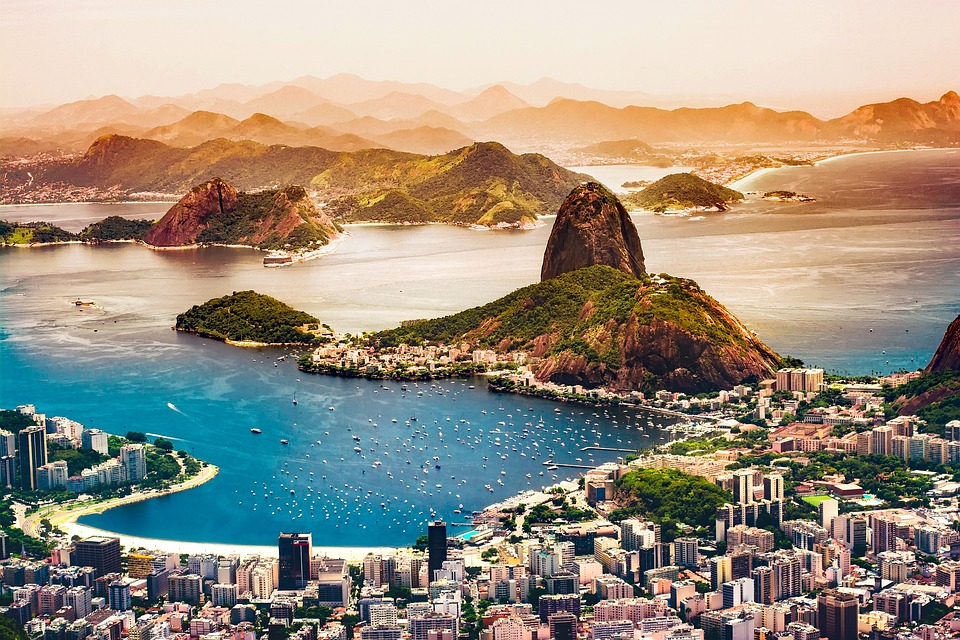Title: Brazil’s Historical Marvels: Revisiting the Past While Shaping the Future
Image: [Image representing Brazil’s historical marvels]
Brazil is a country known for its rich culture, diverse landscape, and vibrant cities. However, beneath the contemporary spirit of this South American giant lies a cornucopia of historical marvels that stand as a testament to the nation’s past. These sites offer a glimpse into the formation of Brazil and its role in shaping the modern world we know today.
1. Amazon Rainforest
Brazil is home to around 60% of the Amazon rainforest, often termed as the earth’s lungs. Its fascinating history includes tales of ancient tribes, the rubber boom, and adventures of explorers like Sir Walter Raleigh. The Amazonian history delves into the realm of humans interacting with nature, marking the rainforest not only as a biodiversity hotspot but also a chronicle of human adaptation and survival.
2. Historic Centre of Salvador
Founded in the 16th century, Salvador in Bahia is Brazil’s first capital city and is adorned with pastel-colored colonial buildings. Iconic landmarks include the Pelourinho, a former slave market, and the Church of Nossa Senhora da Conceição da Praia. Its colonial history exposes the socio-cultural amalgamation of African, indigenous, and Portuguese cultures.
3. Iguazu Falls
One of the natural wonders of the world, located on the border of Brazil and Argentina, Iguazu Falls has fascinated explorers like Iguassú, an explorer of the Guarani tribe, from whom the falls got its name. The Iguazu Falls represent the awe-inspiring beauty of nature and the intricate ecosystems supported by the river’s water.
4. Pampulha Modern Ensemble
In Belo Horizonte, the Pampulha Modern Ensemble is an architectural marvel that represents the modernist movement in Brazil. Designed by the renowned Oscar Niemeyer in the 1940s, this ensemble of buildings includes a church, a casino, and a dance hall. These structures highlight a unique fusion of modernist ideas and Brazilian culture, making it an icon of Brazil’s modern era.
5. Furnas Valley
Nestled in the heart of the Minas Gerais state, the Furnas Valley features geysers, lakes, and stunning landscapes. The valley was inhabited by the Puris Indians and later became a significant site during the Brazilian gold rush in the 18th century. Today, it stands as a testament to Brazil’s rich indigenous history and role in the global gold trade.
Fast Forward to the Future
While Brazil cherishes its historical past, it is also shaping a futuristic vision for its people. Industries like technology, agriculture, and manufacturing are growing rapidly, shoring up Brazil’s economy and global influence. The country continues to provide a pivot for sustainable development, leading the discourse on ecological conservation, social equity, and economic growth.
FAQs Section
Q1: Which city in Brazil is UNESCO World Heritage site?
A: Several cities in Brazil are UNESCO World Heritage sites. Salvador’s Historic Centre, Ouro Preto’s Historic Town, and the Historic Centre of Olinda are some notable ones. Also, the Amazon Rainforest and the Atlantic Forest are recognized for their natural heritage.
Q2: How did Oscar Niemeyer influence Brazil’s architecture?
A: Oscar Niemeyer was one of Brazil’s most prominent architects who introduced modernist ideas to Brazil. Many of his designs, like Pampulha Modern Ensemble and Museum of Tomorrow, became iconic representations of Brazilian architecture.
Q3: What role did the Amazon Rainforest play in the rubber boom?
A: The Amazon Rainforest was the primary source of natural latex rubber during the 19th global rubber boom. The high demand for rubber, used in manufacturing car tires and other products, led to an economic boom in Brazil.
Q4: Who inhabited Brazil before the Portuguese colonization?
A: Before the Portuguese colonization, Brazil was inhabited by various indigenous tribes like the Tupi, Guarani, and numerous tribal groups of the Amazon Rainforest.
Brazil’s history is an amalgamation of natural wonders, colonial past, indigenous cultures, and modern progression. Preserving this rich history while marching towards a prosperous future is indeed a balancing act that Brazil continues to master.



